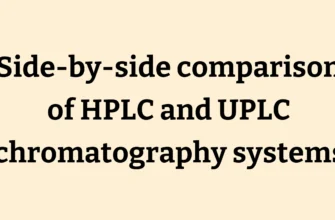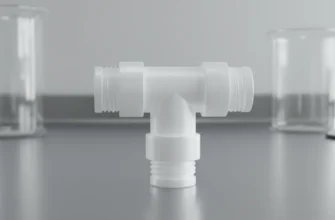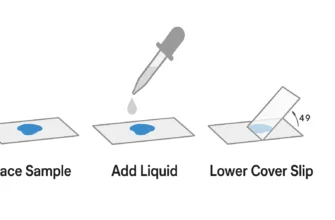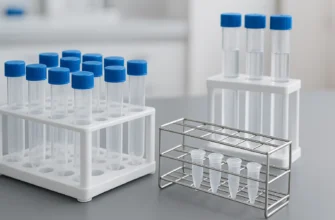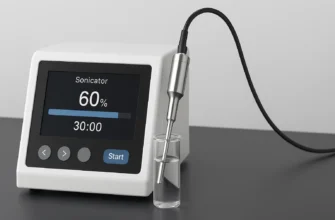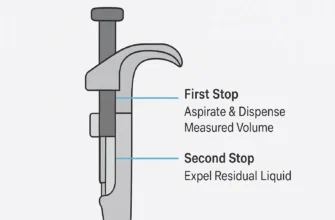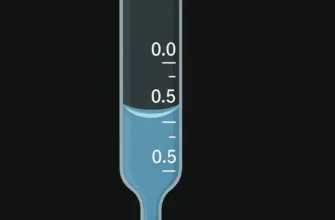In any experimental science, the pursuit of accuracy is non-negotiable. For chemical analysis, particularly in quantitative tasks like acid-base titrations and redox titrations, the burette is a cornerstone of precision. As a long, graduated glass or plastic tube with a stopcock, it is designed for the meticulous volume measurement of liquid reagents.
Mastering the use of a volumetric burette is a fundamental skill in lab testing, research and development, and quality control. This guide provides a comprehensive overview of the Best Practices and Maintenance Tips to minimize measurement errors and ensure every drop counts.
Burette Fundamentals: Accuracy, Precision, and Types
Understanding the core concepts and available laboratory supplies is the first step toward reliable results.
-
Accuracy vs. Precision: Accuracy is how close a measurement is to the true value. Precision is the reproducibility of multiple measurements. The goal is to be both accurate and precise.
-
Accuracy Class: Burettes are primarily classified as Class A or Class B.
-
Class A burettes are the gold standard for chemical tests, manufactured to the highest ISO standards with tight measurement tolerances. For example, a 50 mL Class A burette has a typical tolerance of ±0.05 mL.
-
Class B burettes have wider tolerances (often double that of A class) and are suitable for general-purpose work where the highest accuracy is not critical.
-
-
Types of Burettes:
-
Volumetric Burette: The classic glass burette used for manual titrations. Some, like Schellbach burettes, have a blue or white stripe to make meniscus reading easier.
-
Digital Burette: Also known as a piston burette, this modern instrument offers higher precision and reduces human error by automating the dispensing process.
-
An accuracy comparison with other liquid handling tools is key. A graduated cylinder (measuring cylinder) is for approximate volumes. Volumetric pipettes are calibrated to deliver a single, highly accurate volume. The burette’s strength is dispensing variable volumes with high accuracy.
Preparation: Setting the Stage for Flawless Titration
Meticulous preparation is essential to prevent systematic errors before the titration process begins.
-
Cleaning and Rinsing: A clean burette is critical. Any residual liquid or contaminant can alter the concentration of your standard solutions. Wash with detergent, rinse with tap water, and finish with several rinses of lab water (distilled or deionized).
-
Conditioning: Rinse the burette two or three times with small portions of the titrant solution. This prevents dilution from any water droplets remaining after cleaning.
-
Proper Mounting: Mount the burette perfectly vertically to avoid parallax error during readings.
-
Filling: Use a funnel to fill the burette above the zero scale. Open the stopcock to flush any air bubbles from the tip.
-
Initial Reading: Carefully drain the liquid until the bottom of the meniscus aligns with a calibration mark. Record this initial reading to two decimal places.
The Dispensing Process: Mastering Technique
The physical act of titration requires control and patience.
-
Controlled Delivery: Operate the stopcock with your non-dominant hand while swirling the flask with your dominant hand. Slow down to a drop-by-drop rate as you approach the endpoint.
-
Meniscus Reading: Always read from the bottom of the meniscus with your eye level to the measurement scale to prevent parallax error. A reading card can improve visibility.
-
Waiting for Drainage: After closing the stopcock, wait about 30 seconds for the thin film of liquid on the walls to drain down before taking your final reading.
-
Calculating Volume: The volume delivered is the final reading minus the initial reading. The volume collected in the flask is what you use for your calculations.
Verification and Maintenance: Ensuring Long-Term Accuracy
A burette’s performance can degrade over time, affecting its Pipette’s Lifespan and accuracy. Regular checks are vital.
-
Understanding Tolerances: The manufacturer’s stated tolerance on the burette (e.g., as per ASTM E287-02) is the instrument’s inherent accuracy limit.
-
In-House Verification: Periodically perform a verification process to confirm the burette is within its specified measurement tolerances. This can be done gravimetrically by dispensing a known volume delivered of water into a pre-weighed flask and converting the mass to volume. This acts as a crucial security check on your equipment’s performance.
-
Maintenance: Regularly inspect the stopcock for leaks and ensure it turns smoothly. Proper cleaning and storage will prevent damage and maintain the integrity of the graduated scales.
By following these Best Practices, from selecting the right accuracy class to performing routine Maintenance Tips, you can mitigate random errors and systematic errors, ensuring your results in chemical analysis are consistently accurate and reliable.


